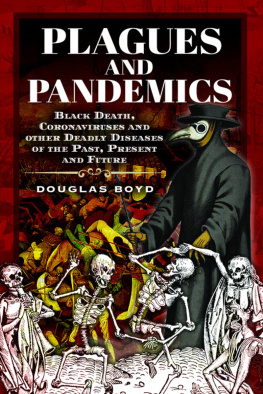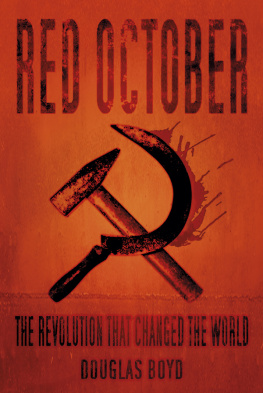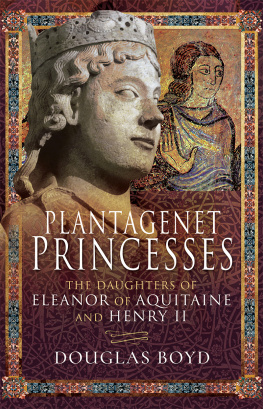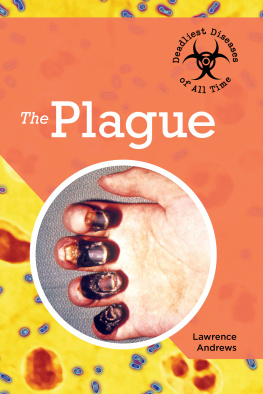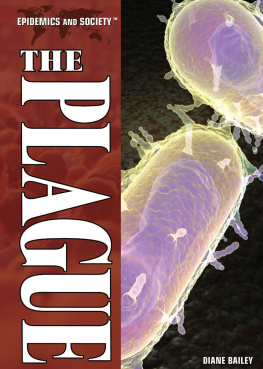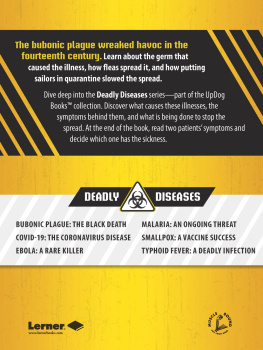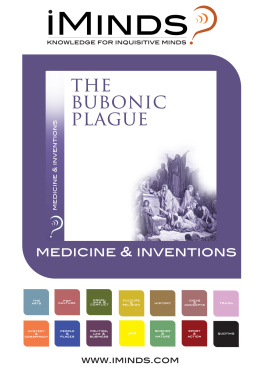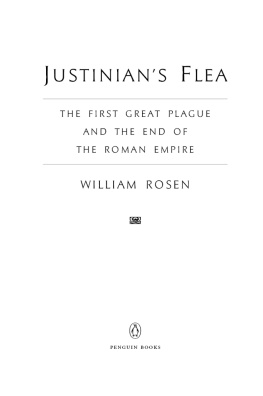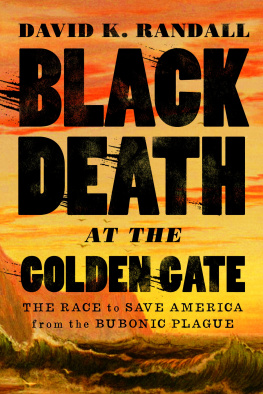Pagebreaks of the print version

PLAGUES AND PANDEMICS
Wuhan. Covid-19. So whats new? This virus maybe, but not epidemics and pandemics.
They ended many prehistoric civilisations suddenly, leaving entire cities undamaged to mystify archeologists. Plague in Athens killed 30% of the population in 43026 BCE. In 541 CE plague claimed several thousand lives a day inside the walls of Constantinople.
It returned to kill 50 million people in Europe in 134653, visiting London forty times in the following 300 years, of which the outbreak 166566 was known as the Great Plague. Closer to our times, when it returned to China in 1894 it claimed between twelve and fifteen million lives in Asia, before finally dying down in the 1950s after visiting San Francisco and New York. It also hit Madagascar in 2014, and the Congo and Peru. Infected fleas from rats on merchant ships were originally blamed for spreading it, but modern scientists have a more worrying explanation why the plague spread so fast.
There have been many other killer pandemics. The misnamed Spanish flu of 191820 killed up to 100 million people. The new coronavirus Covid-19 is NOT the most lethal pandemic so far.
Chillingly, historian Douglas Boyd lists many other sub-microscopic killers still waiting for the resurgence of tourism and trade to bring them right into our lives.
PLAGUES AND PANDEMICS
Black Death, Coronaviruses and Other Killer Diseases Throughout History
Douglas Boyd
First published in Great Britain in 2021 by
PEN AND SWORD HISTORY
An imprint of
Pen & Sword Books Ltd
Yorkshire Philadelphia
Copyright Douglas Boyd, 2021
ISBN 978 1 39900 518 0
eISBN 978 1 39900 519 7
The right of Douglas Boyd to be identified as Author of this work has been asserted by him in accordance with the Copyright, Designs and Patents Act 1988.
A CIP catalogue record for this book is available from the British Library.
All rights reserved. No part of this book may be reproduced or transmitted in any form or by any means, electronic or mechanical including photocopying, recording or by any information storage and retrieval system, without permission from the Publisher in writing.
Pen & Sword Books Limited incorporates the imprints of Atlas, Archaeology, Aviation, Discovery, Family History, Fiction, History, Maritime, Military, Military Classics, Politics, Select, Transport, True Crime, Air World, Frontline Publishing, Leo Cooper, Remember When, Seaforth Publishing, The Praetorian Press, Wharncliffe Local History, Wharncliffe Transport, Wharncliffe True Crime and White Owl.
For a complete list of Pen & Sword titles please contact
PEN & SWORD BOOKS LIMITED
47 Church Street, Barnsley, South Yorkshire, S70 2AS, England
E-mail:
Website: www.pen-and-sword.co.uk
Or
PEN AND SWORD BOOKS
1950 Lawrence Rd, Havertown, PA 19083, USA
E-mail:
Website: www.penandswordbooks.com
Glossary
in medicine, a substance produced from micro-organisms which has the ability to inhibit the growth of, or destroy, micro-organisms producing disease
antibody a defensive substance produced in the body to combat infection, intrusion of a foreign body, substance or parasite
acronym of ARhropod-BOrne VIRUS
a flea, tick, spider, millipede, centipede or other species which may bite or inject infected blood-thinners into a mammalian victim
another name for any disease-causing bacterium
a class of micro-organism, larger than viruses, and therefore identified with early microscopes
of dates, Before the Present
of dates, Before the Common Era formerly BC for before Christ was used
of dates, in the Common Era formerly AD for anno domini was used
of a disease, surviving in another animal species
a threadlike virus of the group that includes Ebola and Marburg fevers
an animal or other species that supports a dangerous bacterium or virus which may attack humans
humans possess three major types of immunity: the humoral uses antibodies already in circulation to attack and remove pathogens in the bloodstream; the mucosal protects from pathogens in the small intestine and the lungs; and the cellular, which detects infected cells and destroys them.
- methicillin-resistant staphylococcus aurea, a bacterium that has acquired resistance to many over-prescribed antibiotic medicines
the area served by a church, which in medieval London also served as an administrative district
an organism or substance that causes disease
petechia a small red or purple spot in the skin caused by a ruptured blood vessel
plasmodia single-celled protozoa that cause malaria and other diseases in animals and birds; four species multiply in human blood after the bite of an infected mosquito malariae, falciparum, vivax and ovale . retrovirus a virus that has RNA as its genetic material, and uses an enzyme called reverse transcriptase to become part of the host cells and replicate there
a micro-organism found in lice and ticks which, when transferred to humans, causes typhus
the means or route by which a pathogen enters the victims body
World Health Organisation
of disease, caught from another animal species
Introduction
There is nothing new about epidemic diseases. The Greek word epidemia is derived from epi meaning on and demos meaning the whole people or country, and it pre-dates Hippocrates, who used it more than 2,000 years ago. A pandemia was a disease that spread all over a region or, by extension, the whole known world. However, most people suppress unpleasant memories, which is why the Covid-19 coronavirus pandemic caused such a shock in early 2020. People who play word games and are given pandemic immediately see panic in it, and many of the worlds governments certainly panicked when Covid-19 arrived.
Yet, during the lifetime of many readers of this book a variant killer flu virus designated H3N2 was first recorded in the British colony of Hong Kong in July 1968 leading to its common name of Hong Kong flu. The Chinese Communist government of the time suppressing news of any negative event, its probable origin on the mainland is undocumented in any way that foreigners have been able to access. Going pandemic, H3N2 certainly killed a million people worldwide and is thought to have caused up to three times as many additional deaths in Third World countries where medicine was less developed, mortality from all causes more frequent and records ill-kept. The disease was allowed to spread, few preventive measures being taken until a vaccine became available after four months. But the H3N2 virus continued causing more deaths in 196970, and still resurfaces with many variants in each flu season.
The so-called Asian flu due to virus H2N2 almost certainly started in China a decade earlier. Because of government censorship on the Chinese mainland, the first reports came out of Singapore during February 1957. This virus certainly killed a recorded 1.1 million people, although the World Health Organisation estimated total deaths to be nearer 2 million. We talk glibly about viruses today, but the word virus is Latin, meaning a poison like snake venom, and people tend to fear all viruses. Some are from the February 2021 National Geographic magazine all about these minute but powerful protein-coated particles of DNA or RNA.
Yet, how many of us apart from medical professionals can clearly recall even flu epidemics of a few years ago? Most European readers will have heard of the Black Death plague in the fourteenth and seventeenth centuries that killed off between a third and a half of the population of Europe and many millions elsewhere. So horrific were its physical manifestations and so disruptive was it of normal life that it is probably the best-remembered pandemic. How many know that this was not the first pandemic? And what about the third bubonic plague, much nearer our own time, which began in China in 1855 and killed about 12.5 million, mostly in Asia? At least 10 million died in India alone, where British attempts to impose Western medical practice and vaccination were resisted for religious and other reasons by the native population.

